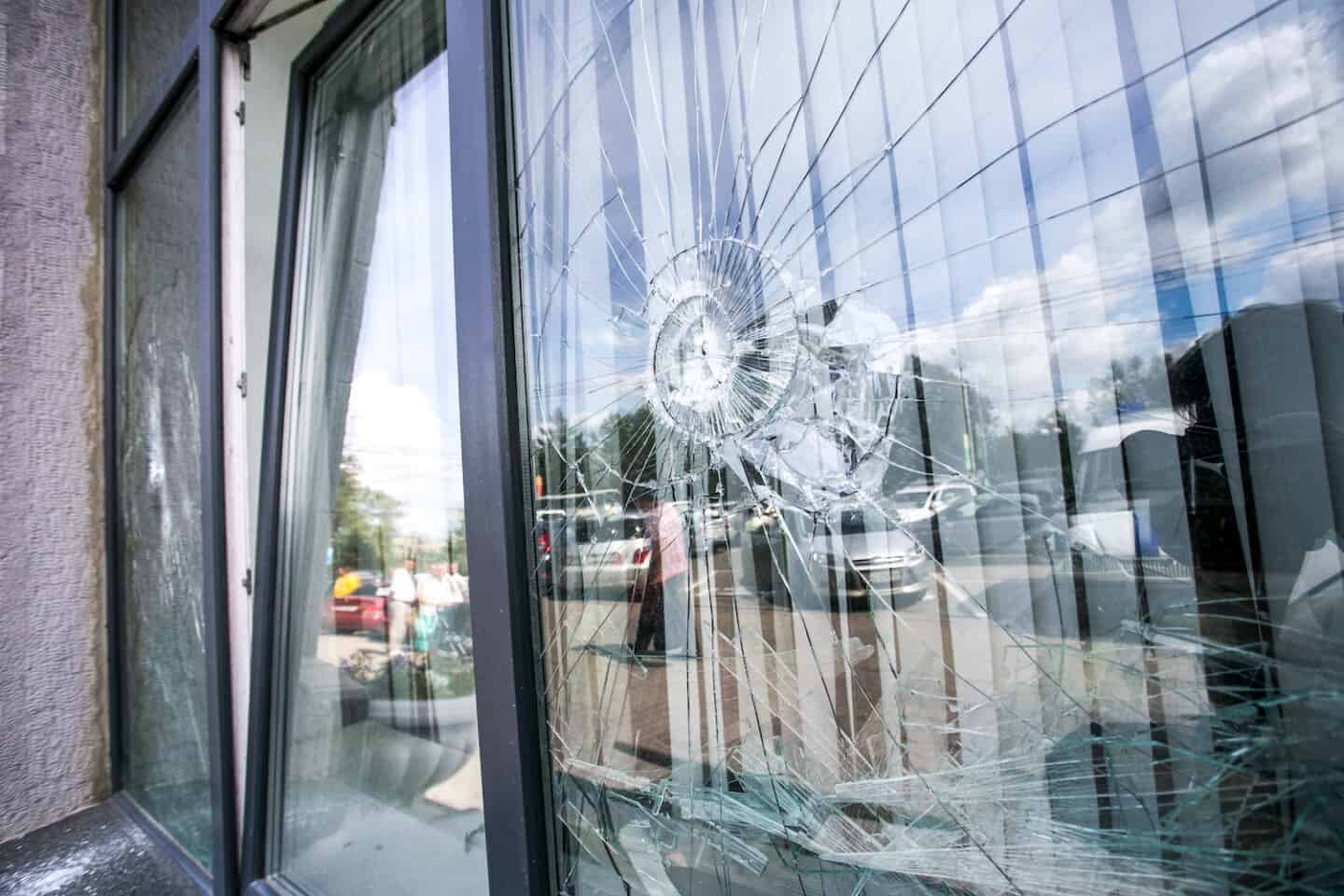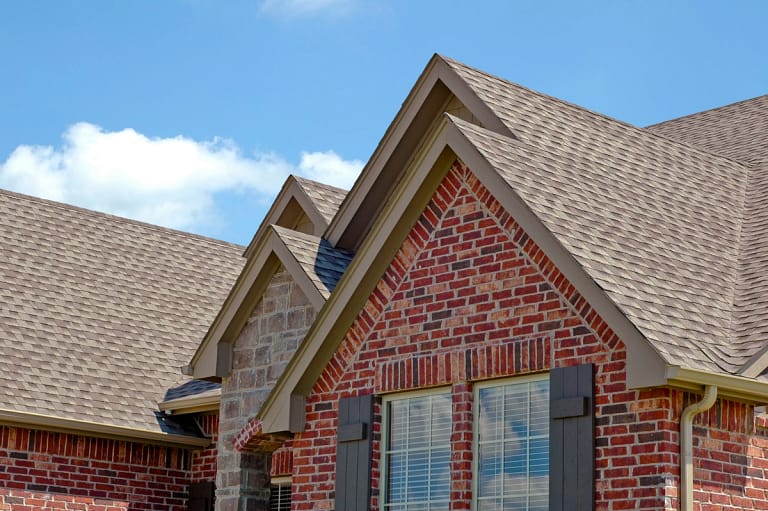Any kind of storm can leave behind severe damage to your home’s exterior. And that doesn’t just mean roof damage or broken shingles and siding. Instead, you might see hail damage to windows and other areas of your property, which looks like this:
- Unsecured windows and shutters
- Broken glass panes
- Torn screens
- Moisture buildup
- Dents, holes, and cracks in windows
- Fallen trees or other debris
When you hear hail hitting your roof and windows, high, gusty winds, or other sounds of a harsh storm, you have to remember to check for storm damage to your house afterward.
Use the picture guide here to give yourself a better understanding of exactly what window damage looks like and feel better prepared the next time one rolls through town. This way, you can work to replace your damaged windows immediately and have your home or business protected once again.
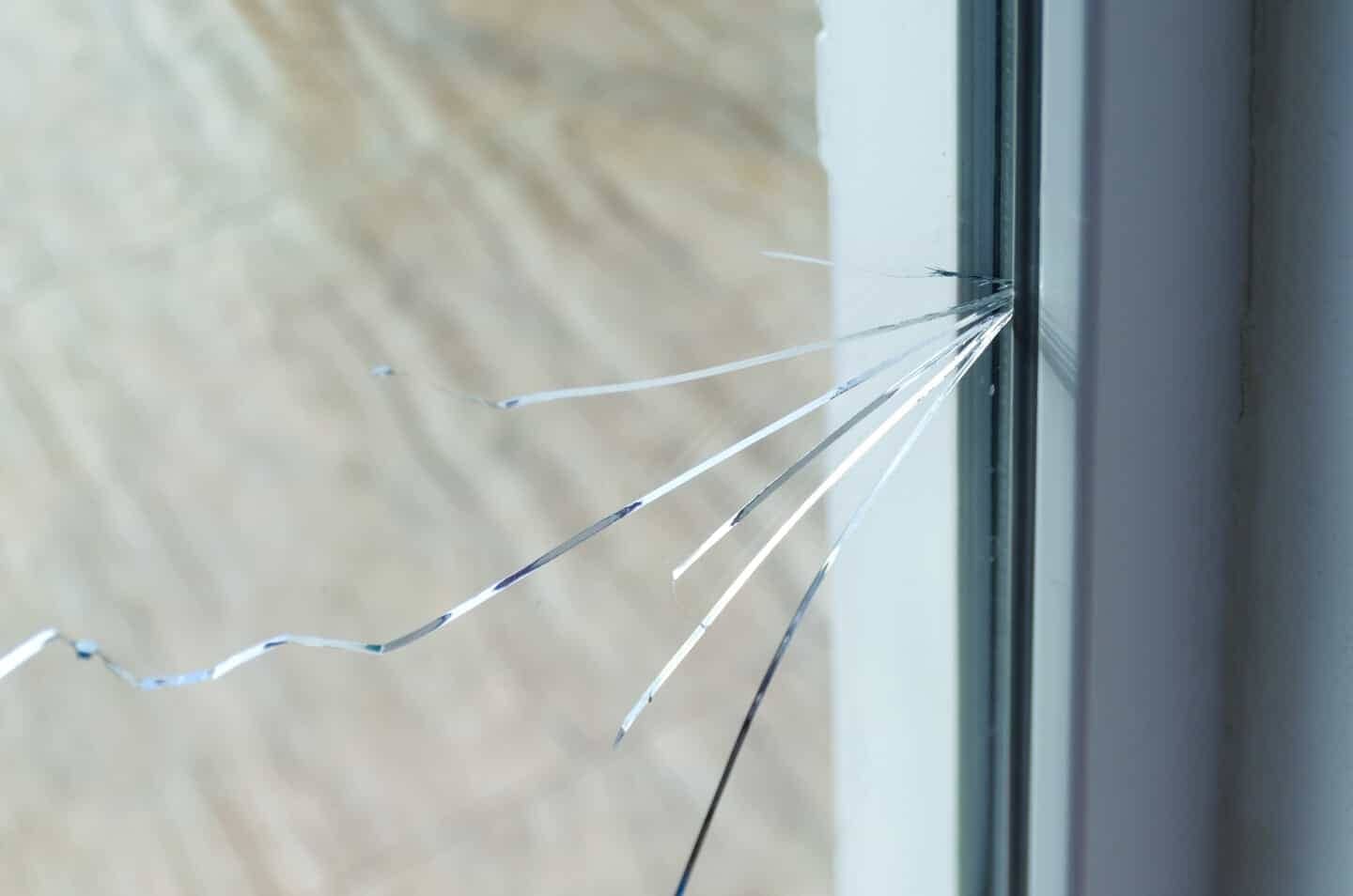
How to Spot Window Damage After Different Storms 🔍
Not all window damage — or storms, for that matter — are created equal. That means hail damage can look quite different from windows damaged by wind or water during heavy rains. But no matter what causes your window damage, it’s important to identify it and address it immediately before you need even more costly repairs.
That’s why we’re here to tell you all about the different types of storm damage to windows and how to spot the signs after your home’s exterior is hit.
Hail Damage to Windows 🧊
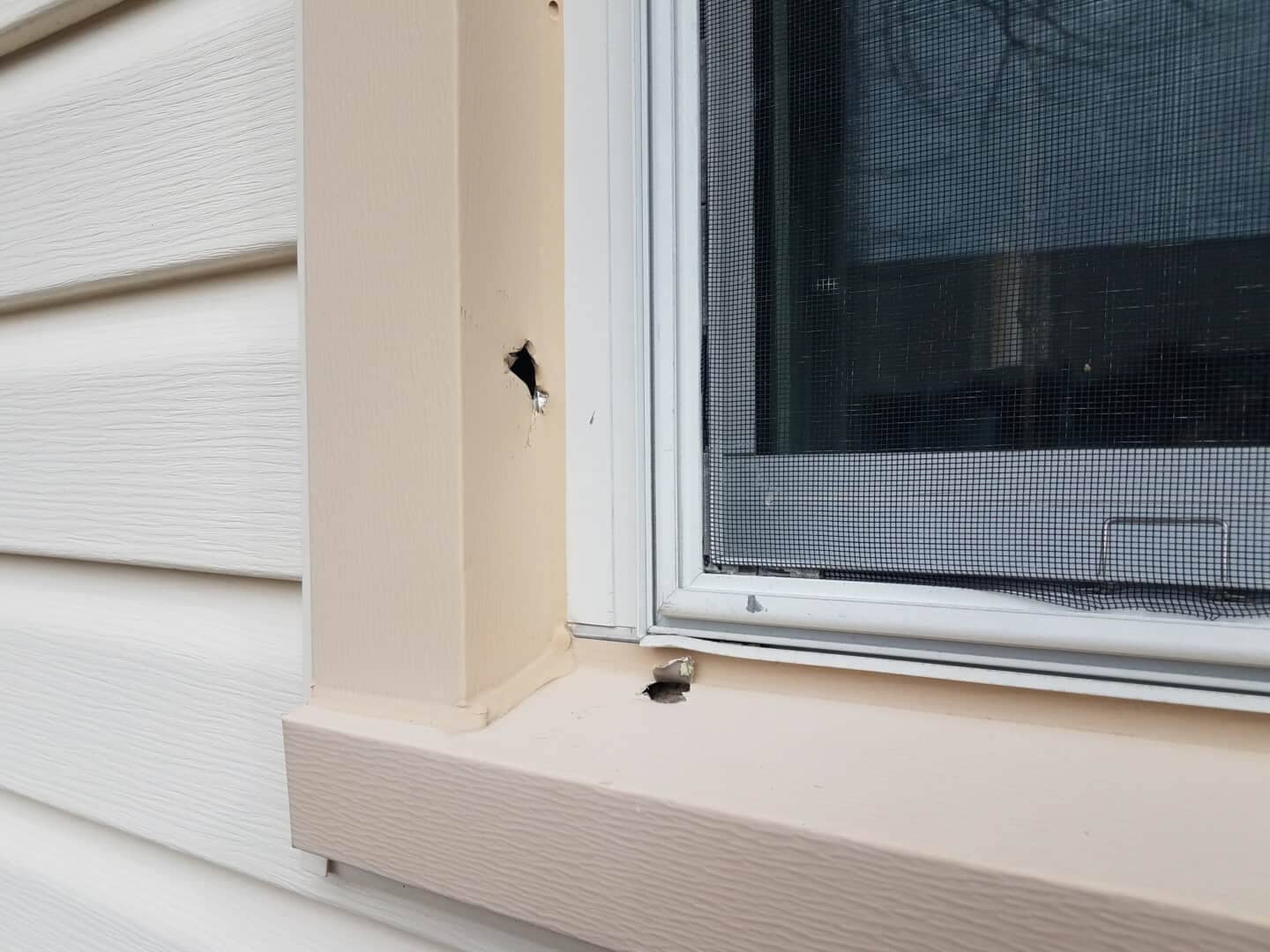
Hail damage is common in several states across the Midwest and US, including Ohio. Thus, it’s crucial for homeowners to be able to spot hail damage right away and address it to avoid any further issues. Common signs of hail damaged windows include:
- Shattered, cracked, or broken glass
- Dents, tears, and holes in window screens
- Cracked or broken window frames
- Dented flashing above window frame or pane
Wind Damage 💨
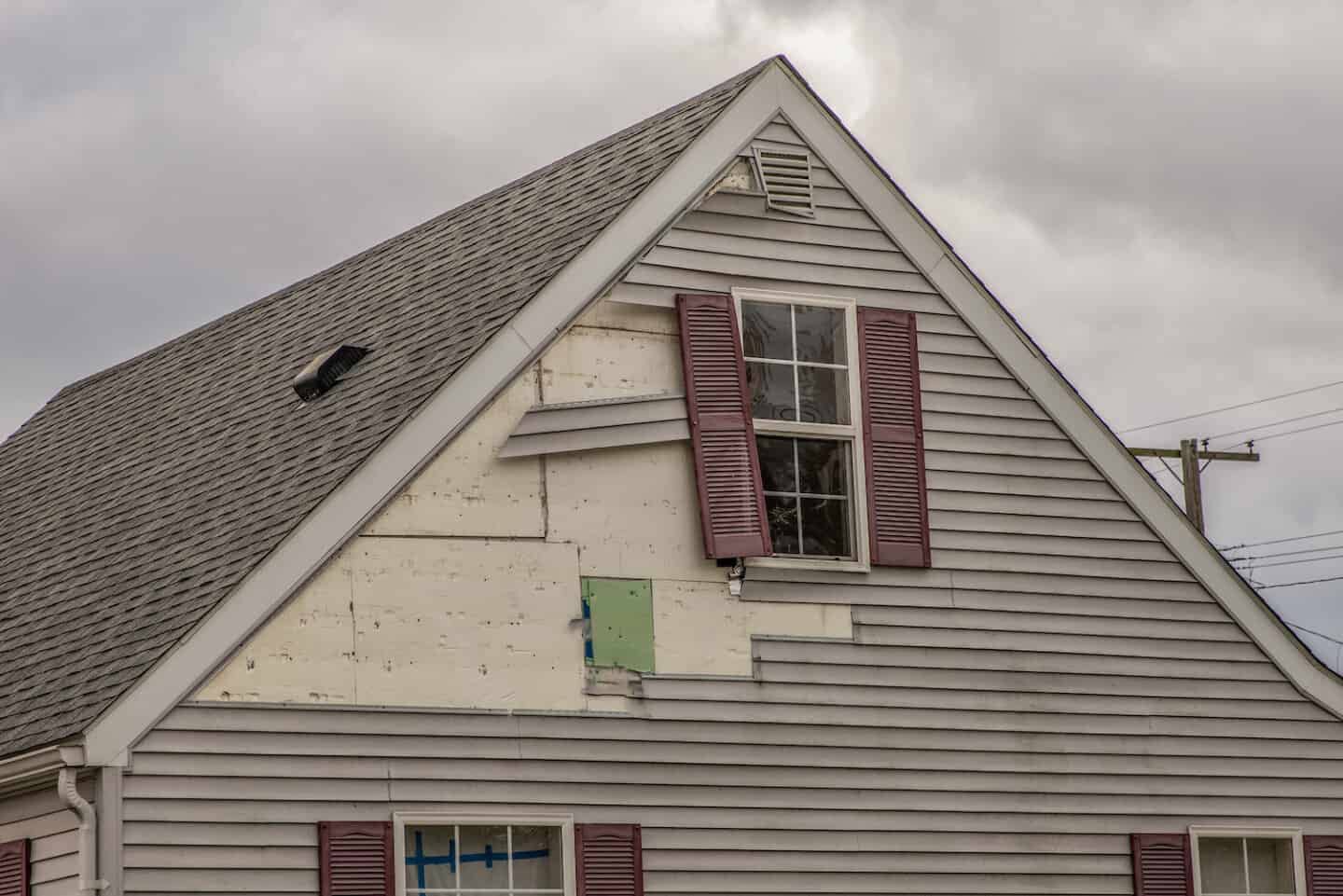
Another typical type of storm that can wreak havoc on your home’s window screens, glass panes, siding, gutters, and more, is wind. Homeowners will want to look for signs of wind damage, such as:
- Shattered or broken panes
- Dents to the window frame
- Missing or broken shingles above window
- Chips and cracks in paint or siding
Water Damage 💦
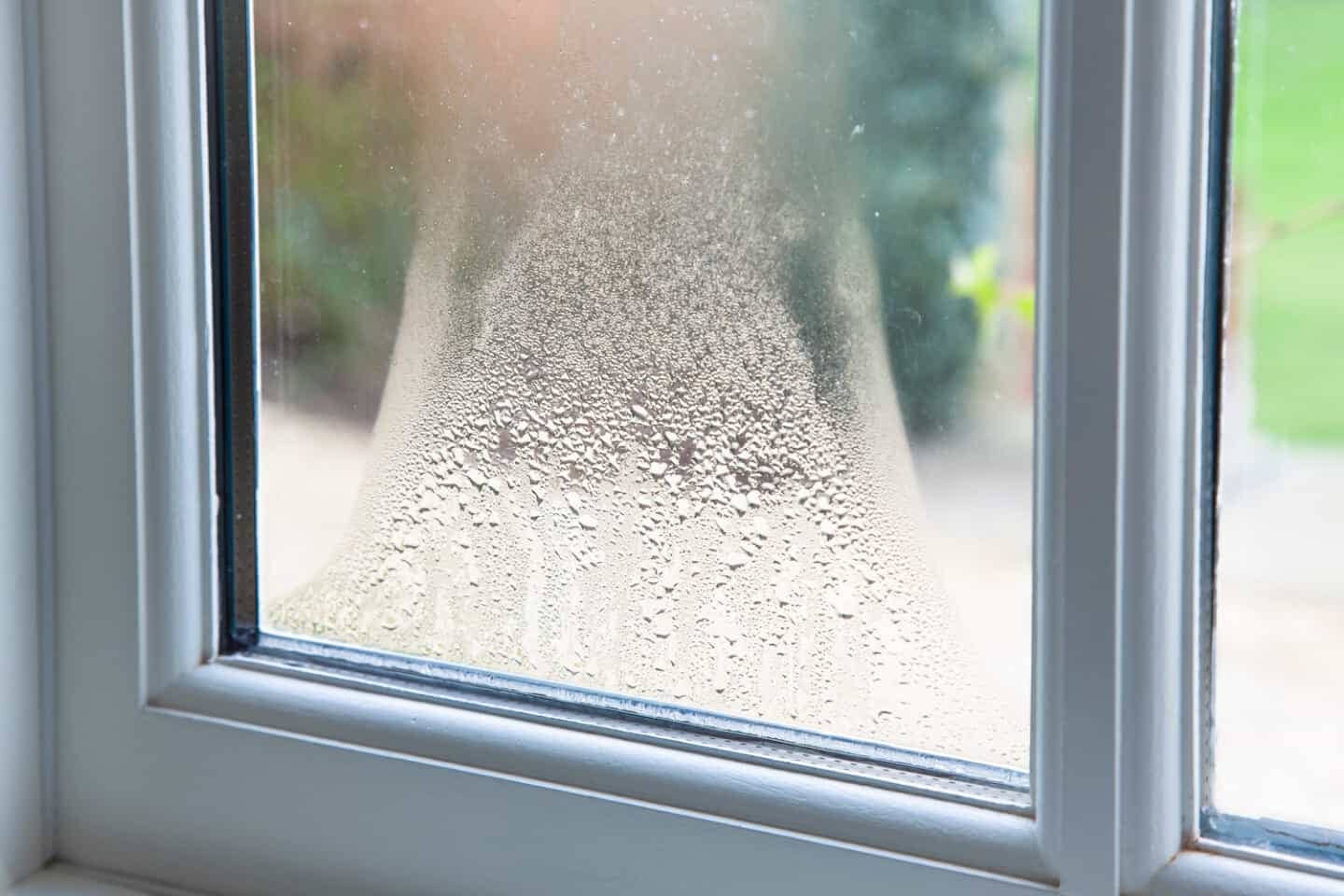
Many homeowners also have trouble with water damage after strong storms hit, but it’s important that you repair it right away. Water damage is arguably one of the worst issues that can afflict a home because it can occur just about anywhere (both inside and outside) and can often be quite difficult to spot.
Look for signs of water damage within your home and on your home’s exterior. Closely inspect the following:
- Window damage – Inspect your windows for any excess moisture building up between glass panes. Bubbling paint and peeling or cracks around window flashing can also indicate that water has damaged your windows.
- Walls – Look at interior walls for any wet spots, stains, or soft drywall, where water damage is likely present. Cracking, peeling, and bubbling paint or wallpaper will also be a big sign of water damaged walls.
- Ceilings – Like walls, ceilings will show signs of water damage like stains and softening. You might also start to see mold and mildew growth on your interior walls when water damage isn’t dealt with quickly enough.
- Doors – The many doors in your house can also show signs of damage and will definitely need replacing if water affects them. They’ll typically feel soft to the touch, or the paint will start curling and chipping away, letting you know they need to be replaced.
- Flooring – Soft, sagging wood floors, and curling or expanded floorboards occur after flooring materials become waterlogged during storms. Inspect your home’s floors, especially in front of your windows, to ensure there is no water damage.
- Attic, basement, & crawl space damage – Check the topmost floor and low-lying, ground-level areas of your home for standing water, drips and leaks, and a damp, musty smell, which will typically occur about 24-48 hours after a storm.
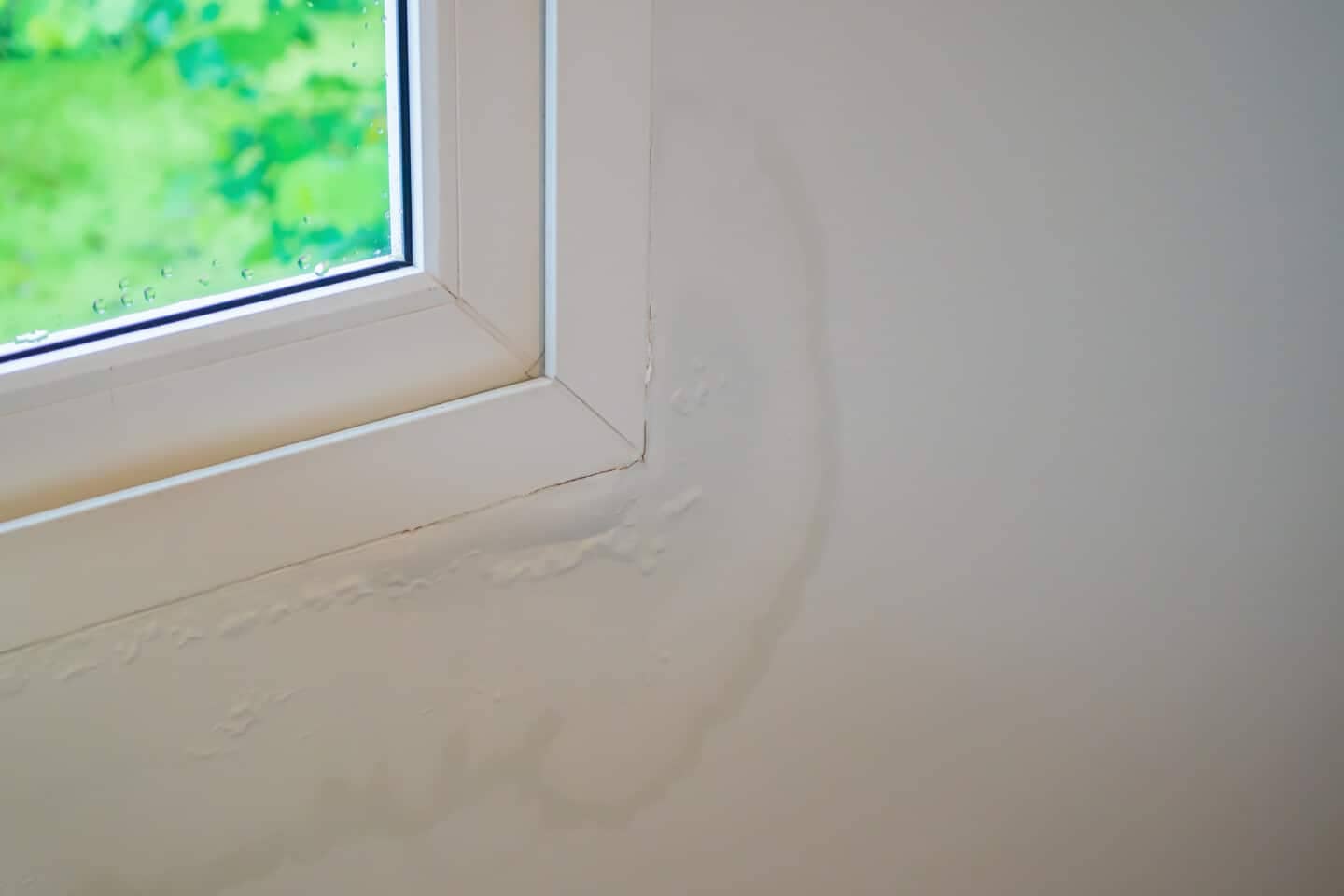
Just like performing regular maintenance or an annual roof inspection, taking the time to inspect your property after a strong storm is essential. Your windows can easily become damaged by hail, high winds, water, and more, so homeowners must be thorough when they look for any issues. However, you must also be able to tell the difference between storm damage and regular wear and tear, which we’ll cover below.
Discerning Window Frame Damage From Wear & Tear 🏚
Not all window damage happens because of hard-hitting hail or a harsh rain, ice, or wind storm. Instead of the outside elements causing your damaged windows, they may be due to typical wear and tear or inadequate maintenance over the years.
So how do you discern hail damaged windows or storm damage from other types of general window issues? To the untrained eyes, it can be challenging to tell the difference. But when you need new windows, there’s no time to wait to figure out exactly why your window replacement is actually necessary, especially if you need to fill out a claim with your insurance company.
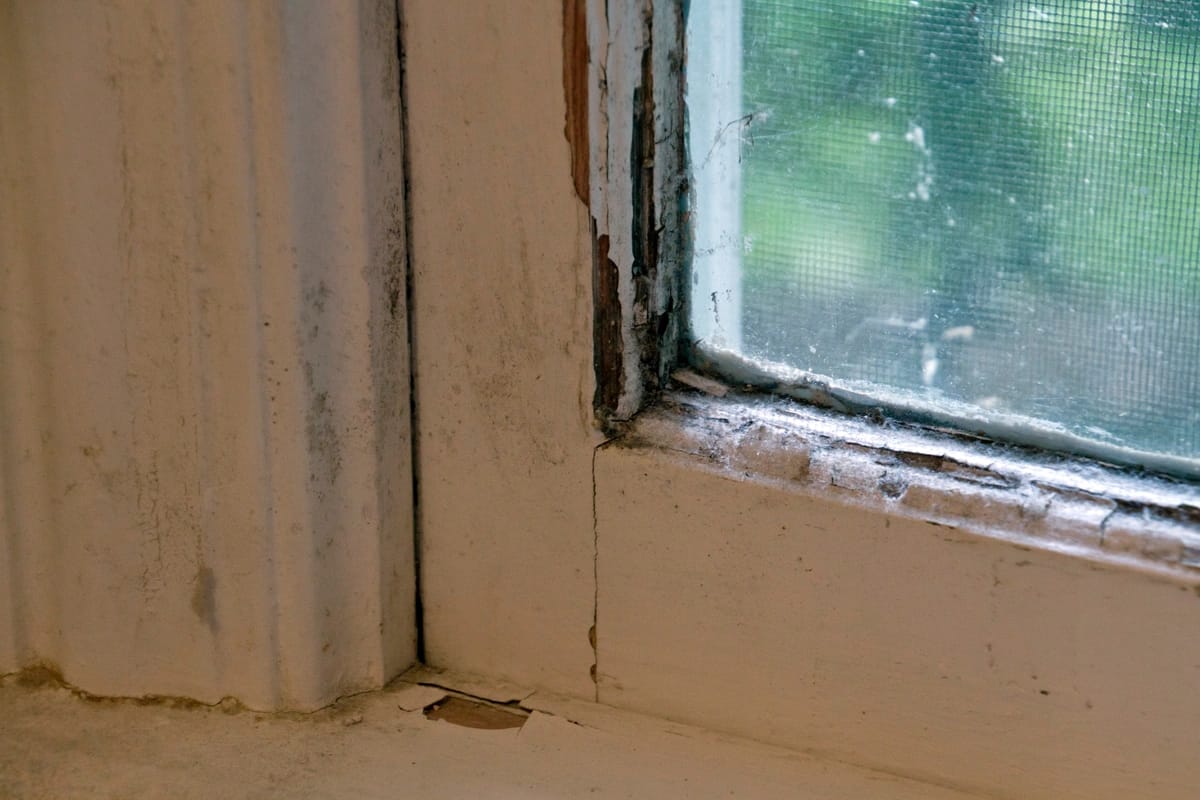
To tell whether your windows were damaged in a storm or are just plain old, simply look for similar signs of window damage, like the ones listed above for water damage and hail storm damage, to identify the problem areas where your windows need to be replaced.
The Best Way to Deal With Your Hail Damaged Windows and Home 🛠
Downed power lines, blown-over lawn furniture, and debris that’s strewn across your yard are never fun to deal with, so when you notice damaged windows after a storm as well, it’s even worse. Fortunately, broken window screens and damaged panes are pretty easy to handle, especially when you have an experienced roofing and window replacement company at your side. And that’s where our trusted team can offer assistance.
Our seasoned window specialists at Best Exteriors are here to help with any type of window damage you might be experiencing. Get in touch with us after a storm to get your property cleaned up and put back in working order in no time at all.
